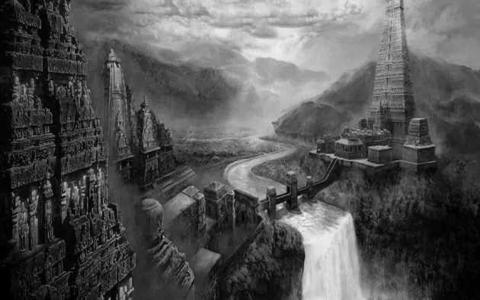
Public life is replete with seeming paradoxes. A person closely involved in the public space cannot be hassled by what other people think about him but if someone accuses him of a wrongdoing, he must be capable of clearing his name. After all, his reputation is one of his greatest assets. A classic example in the case of Krishna is the episode of the śyamantakamaṇi. Satrajit’s brother who had been wearing it was found dead. Krishna was accused...
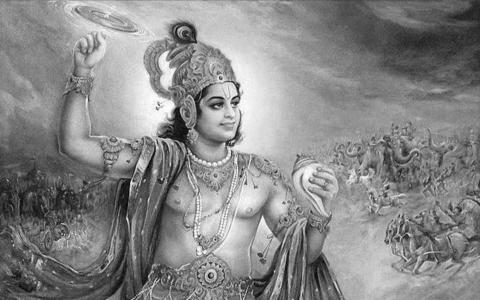
As individuals, we can be utterly honest and upright. But that will not work at the societal realm. A public figure will have to resort to strategies. We see Krishna’s brilliance and foresight throughout. Long before he befriended the Pandavas, he was laying out a strategy for change.
As a raw teenager, raised in a village, he comes to the capital and kills Kamsa. Immediately he sends a warning to Dhritarashtra saying, Your brother’s widow and...

When Akrura comes to Gokula and invites Krishna to participate in the dhanuryāga, he takes leave of his foster-parents Yashoda and Nandagopa, and goes off with Akrura taking his brother Balarama with him. Even as the brothers enter the city of Mathura, they meet the royal washerman. Krishna and Balarama were honourable guests in Mathura but when they requested the washerman for a pair of clothes, he refused and abused them. Krishna immediately...
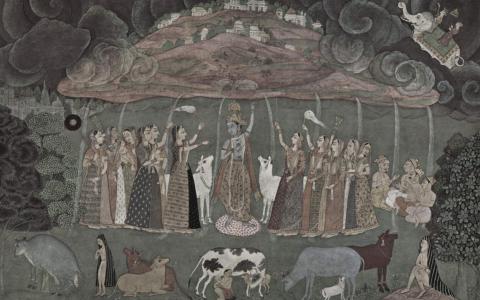
Fascinated by the Mahābhārata, Dr. S L Bhyrappa wrote the novel Parva in the 1970s, which narrated the human story of the epic, keeping aside the fantastical elements. In Parva, while referring to the character of Krishna, Vidura tells Dhritarashtra, “You’re completely mistaken about Krishna. He is such a person that even if the Pandavas die on the battlefield, he will make Kunti or Draupadi the queen and get them to rule the kingdom. He won’t...
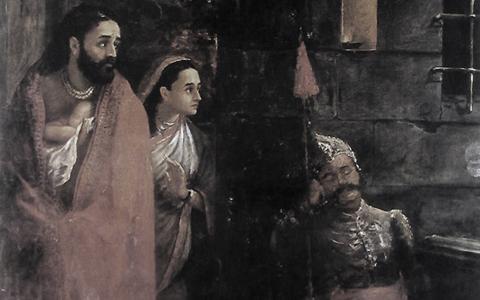
In the previous episodes, we discussed about Shiva being an ideal at the level of the individual and Rama being the family ideal. We will now look at the life of Krishna, the ideal at the social sphere.
Whenever artists paint images of Shiva, Rama, or Krishna, or even say, Durga, or Kali, or Skanda, or Ganesha, they always include the weapons that are typical to those deities. Shiva has a triśūla, Rama has a bow, Krishna has the sudarśana cakra...

In the Ayodhyakāṇḍa, we see that Rama knew his subjects well and cared about them. He would often meet them and learn of their joys and sorrows. If they were happy, he laughed with them and if they were sad, he wept with them. If Rama didn’t see someone on a given day, he would feel that he missed seeing such-and-such a person and the one who didn’t see Rama would feel that he missed the sight of Rama! Such was the mutual affection between Rama...
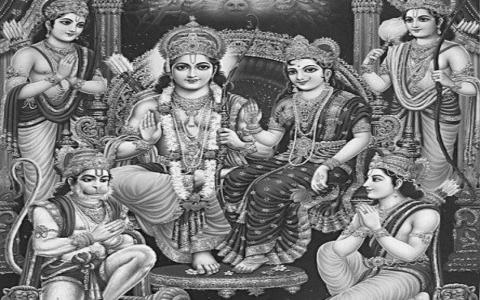
When Dasharatha orders Rama’s banishment, he again rushes to his mother to give her solace. At that moment, Kausalya reminds Rama that the mother is a hundred times more important than the father, and that it is more important to heed to the words of the mother than the father. Saying so, she orders him to take her along with him into the forests. But if that happens, the family would break; husband and wife would separate. Rama doesn’t want his...
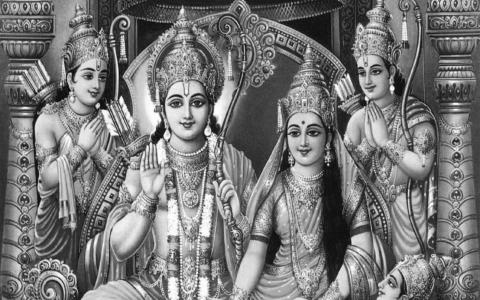
When we discussed about Shiva, a lot of symbols were invoked. Instead of taking Shiva’s form and attributes at face value, we explored the metaphor. The reason for this is quite simple: human beings are abstract. They are so hard to grasp. It is so difficult to wholly understand an individual. But societies are more tangible – or at least we feel that we can see it better, in a more concrete manner.
In our tradition, Shiva has no avatāra. Vishnu...
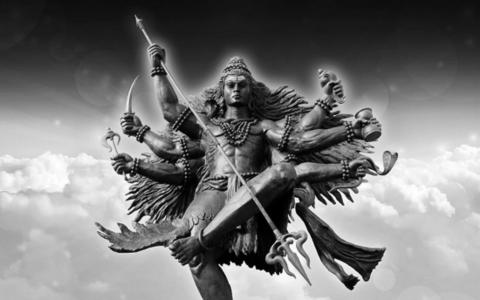
Shiva holds the Ḍamaru in one of his hands. This master of laya (dissolution) plays a laya-vadya (percussion instrument). It is said that from the beating of his ḍamaru, the fourteen Māheśvara-sūtras emerged, which form the basis of Sanskrit. There is also a charming legend in the Tamil country that when Shiva beat his drum, Sanskrit appeared from one side and Tamil from the other. The ḍamaru also represents a strange paradox of Shiva – on the...
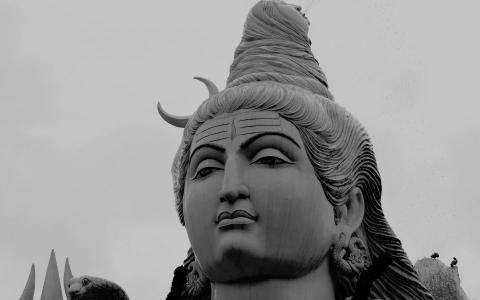
In the Indian tradition, the deities Shiva, Rama, and Krishna have been revered by the learned and the lay for millennia. While Rama and Krishna were historical figures, Shiva is a mythological ideal. Whether one is a believer or a non-believer in the Supreme, one will greatly benefit from realizing the values that these three greats embody. Such is the conception of Shiva-Rama-Krishna.
While we speak about these deities, one shouldn’t think...
